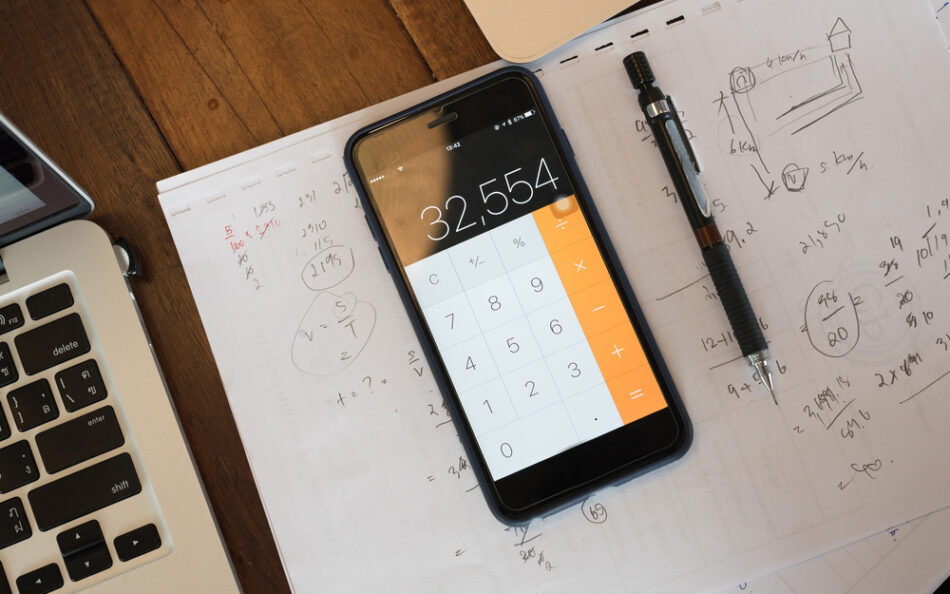
The College voor Toetsen en Examens (het CvTE) is an independent administrative board, responsible for all central exams in secondary education as well as exams for Dutch as a second language (necessary for obtaining a Dutch citizenship). The mission of this board is to guarantee the quality of the exams and to provide circumstances that ensure a smooth examination process.


The previous system that the CvTE had in place was capable of planning, presenting and correcting exams. That system was developed in the early 2000s, making it unable to meet today’s performance standards and severely limiting innovation on future development. In 2011, The CvTE decided that investing in a new system for digital examining was needed. Further development on the old system would not be cost effective, since the new features that CvTE needed would have a major impact on the overall architecture of the old system.


In the new examination system, data storage and retrieval as well as the planning module are the responsibility of DUO (Dienst Uitvoering Onderwijs). The modules that allow you to preview the exam as a test creator , take the exam as a student, correct the examination as a teacher or review the examination and practice with exams as a student; have all been created by Trifork.
The QTI (Question Test Interoperability) data—assessment and results content—is parsed to HTML in the lock-down browser. Trifork created a unique Digital Exam Player Product based on QTI in JavaScript that translates the QTI to HTML5 within the student’s browser. Since QTI describes the entire assessment, including the answers, it would impose a security risk to send this data to the browser of the candidate. For this reason, Trifork created a rendering filter that strips all of the data that should stay secret.


The storage and retrieval of questions and given answers is the responsibility of DUO (Dienst Uitvoering Onderwijs). Together with DUO, Trifork has designed a DAL (Data Abstraction Layer), which acts as the interface between the assessment environment and the storage infrastructure. For local development, and for the offline preview environment used by assessment constructors, Trifork has provided an in-memory implementation of the DAL.
The authentication process is part of the logistical application built by DUO. The Player solution itself does not need to know about user details. However, it does need to be able to restrict access to only authorized candidates. For access security, Trifork has implemented HMAC validation on the URL that launches the Player product.
Although the project was a European tender with a fixed price and fixed date, CvTE managed to keep the requirements specified in the tender at a level that made it possible to fill in the details just before implementation. Some functionality was implemented gradually in several iterations. The product owner of CvTE and the Scrum team of Trifork made full use of the potential that the Scrum process offers and were always looking for functionality that added the most value.


In addition to the QTI player in which a student completes their assessment, Trifork also created components for teachers and test creators. This allows teachers to manually score answers if needed, and for test creators to preview the test they are creating and all the metadata that comes with it.
The most visible improvement is the user interface. For all of the tools, Trifork created a new interaction and visual design. The new design had to preserve all of the things that people liked about the system after ten years of use. At the same time, several new tools were introduced and embedded in the examining environment such as a calculator, notepad, magnifier, spell-check, protractor, ruler, marker, special characters, and formula editor.
A major audible improvement is the text to speech (TTS) integration. Trifork integrated Acapela TTS which makes it possible to have all text based content read to you. Trifork supports Dutch and 3 other languages. The TTS switches language automatically when the language changes within a text.
The content of the exams is provided by Cito, and is imported into the assessment platform. The results of each candidate also need to be reported back to Cito, for analysis. The system uses the QTI 2.1 standard to exchange assessments and results. With QTI 2.1, CvTE can accept a solid, well-proven and world-wide adapted content standard. This enables them to take in content from various sources and stay independent of their content suppliers.
To prevent cheating, Trifork has developed a client lock-down browser. This browser prevents access to any other application during the assessment. A browser is provided for Windows, Linux and Mac. The assessment system does a browser check when a candidate tries to start an assessment. Access with regular browsers is rejected.
The new system, named FACET, has become a robust platform that facilitates the growing number of digital exams. This number of exams taken in the 2016/2017 school year reached 1.4 million.
Last but not least, the project started in winter 2011 and was delivered in spring 2013—on time and within budget.


Contact Us
If you’re interested to learn more about this customer case please leave your contact information and we’ll make sure to contact you.
Content